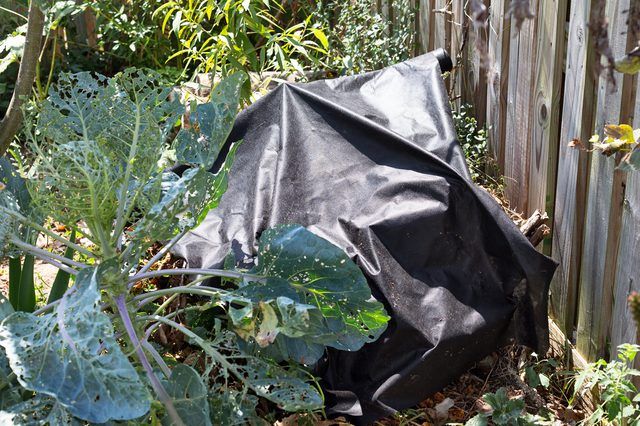Bulbs
Flower Basics
Flower Beds & Specialty Gardens
Flower Garden
Garden Furniture
Garden Gnomes
Garden Seeds
Garden Sheds
Garden Statues
Garden Tools & Supplies
Gardening Basics
Green & Organic
Groundcovers & Vines
Growing Annuals
Growing Basil
Growing Beans
Growing Berries
Growing Blueberries
Growing Cactus
Growing Corn
Growing Cotton
Growing Edibles
Growing Flowers
Growing Garlic
Growing Grapes
Growing Grass
Growing Herbs
Growing Jasmine
Growing Mint
Growing Mushrooms
Orchids
Growing Peanuts
Growing Perennials
Growing Plants
Growing Rosemary
Growing Roses
Growing Strawberries
Growing Sunflowers
Growing Thyme
Growing Tomatoes
Growing Tulips
Growing Vegetables
Herb Basics
Herb Garden
Indoor Growing
Landscaping Basics
Landscaping Patios
Landscaping Plants
Landscaping Shrubs
Landscaping Trees
Landscaping Walks & Pathways
Lawn Basics
Lawn Maintenance
Lawn Mowers
Lawn Ornaments
Lawn Planting
Lawn Tools
Outdoor Growing
Overall Landscape Planning
Pests, Weeds & Problems
Plant Basics
Rock Garden
Rose Garden
Shrubs
Soil
Specialty Gardens
Trees
Vegetable Garden
Yard Maintenance
How to Kill Grass Permanently
How to Kill Grass Permanently. When it's time to replace your lawn with new grass or other plantings, such as water-friendly xeriscaping, you must first kill the old grass. If it isn't killed permanently it will make a nuisance of itself by continually growing back. If you have a lot of time, you can use a slow method, such as solarization, to...
When it's time to replace your lawn with new grass or other plantings, such as water-friendly xeriscaping, you must first kill the old grass. If it isn't killed permanently it will make a nuisance of itself by continually growing back. If you have a lot of time, you can use a slow method, such as solarization, to kill it in place, but if you're in a hurry it's best to dig up the sod and remove it before killing the grass you've taken away.
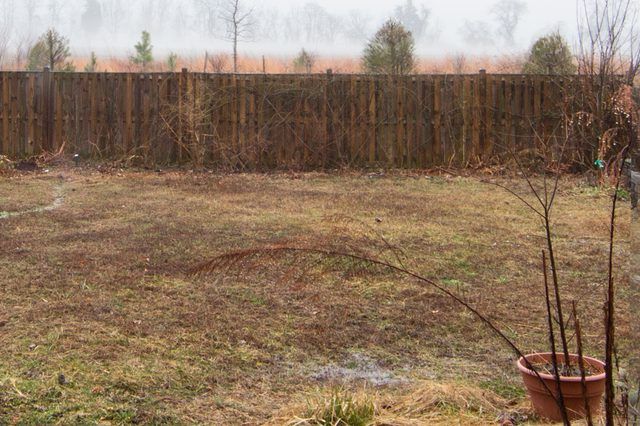
Things You'll Need
Lawnmower
Black plastic
Rocks, stakes, bricks or other weights
Sod remover or spade
Step 1
Cut the grass as short as you possibly can.
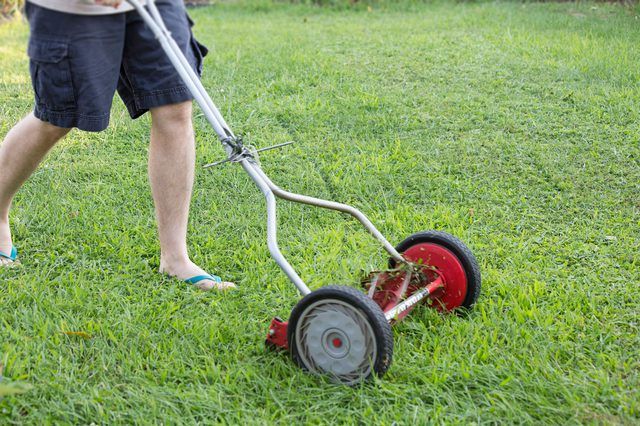
Step 2
Water the entire area thoroughly, allowing the water to soak deeply into the soil.
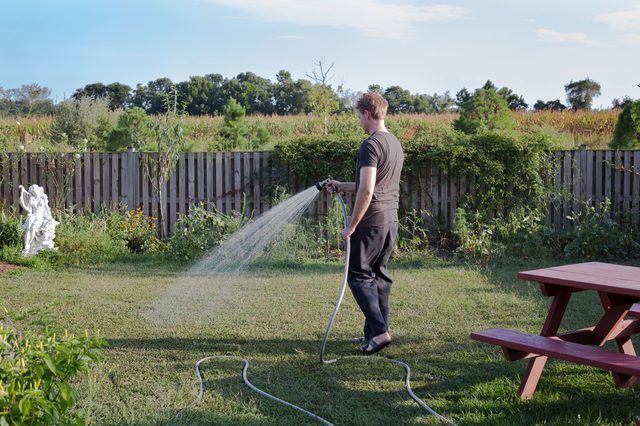
Step 3
Cover all of the grass to be removed with heavy-duty sheets of black plastic. Many garden and home centers have this available in rolls suitable for covering a large area. The plastic cannot have any holes in it.
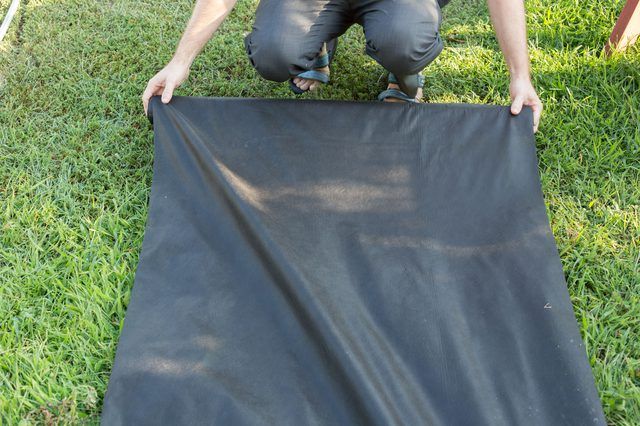
Step 4
Put stakes, rocks or other weights all the way around the edge of the plastic to prevent air from getting under it and hold it securely in place.
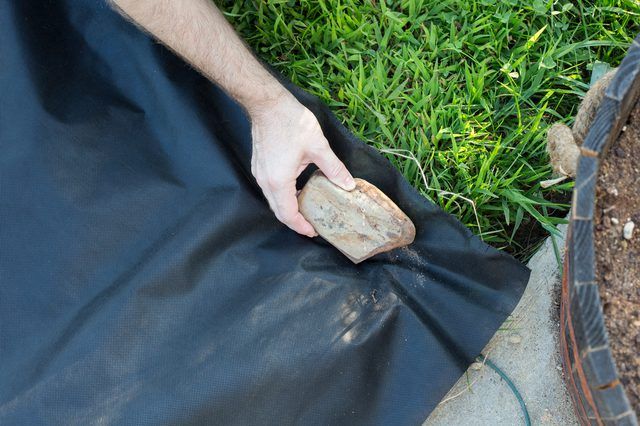
Step 5
Leave the plastic on the grass for one to two months. If the weather is hot and sunny, a shorter time is required; if it is cooler, a longer time is required. In some areas it can take as long as six months to completely kill the grass.
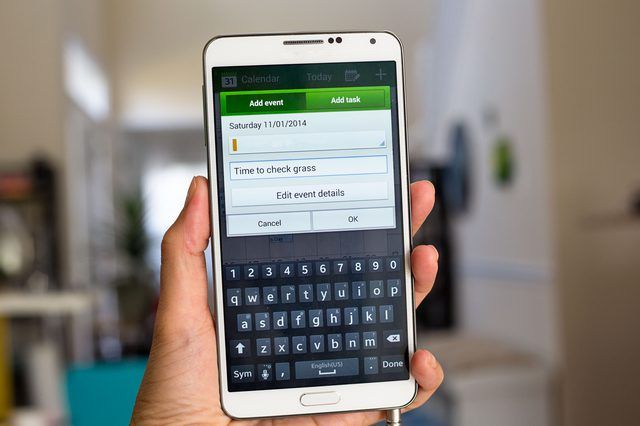
Step 6
Remove the anchors and the plastic once the lawn is dead. Not only is the grass permanently killed, but the soil is effectively sterilized, so weeds, pests and pathogens will typically also be gone.
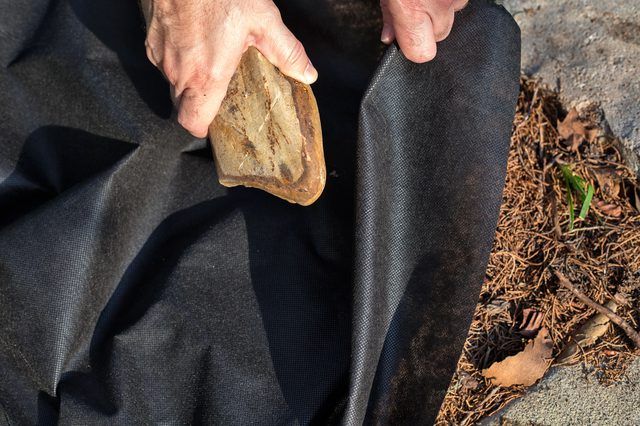
Step 1
Cut through the sod using a sod remover for large areas or a sharp spade for small sections.
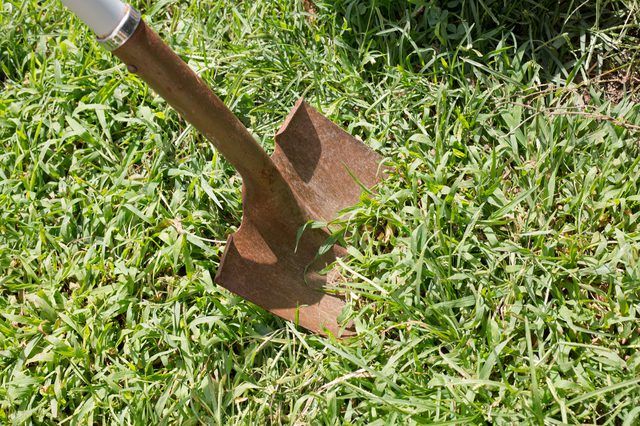
Step 2
Lift out the sod completely and remove it from the area.
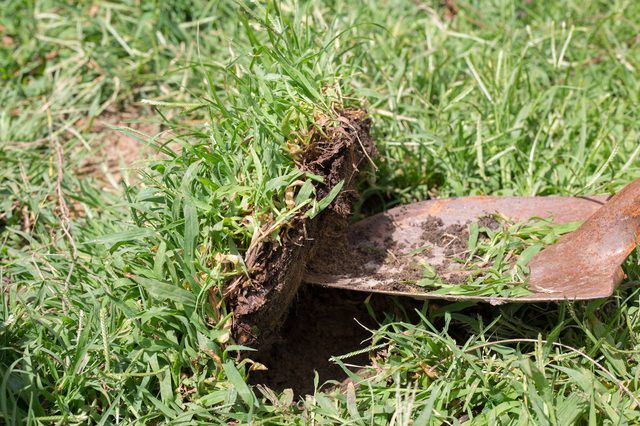
Step 3
Pile the sod in an area that needs building up or just a spot that is out of the way.
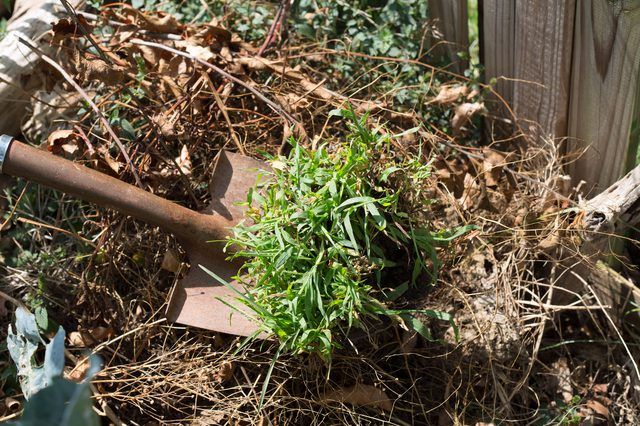
Step 4
Soak each layer of sod with water as you place it on the pile.
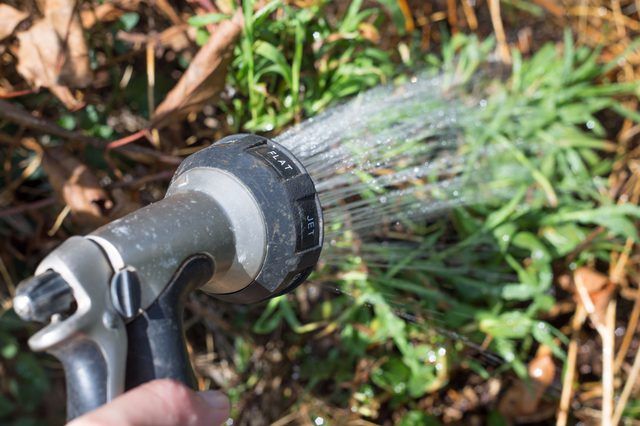
Step 5
Cover the sod with black plastic and weight it down so no air can get underneath.
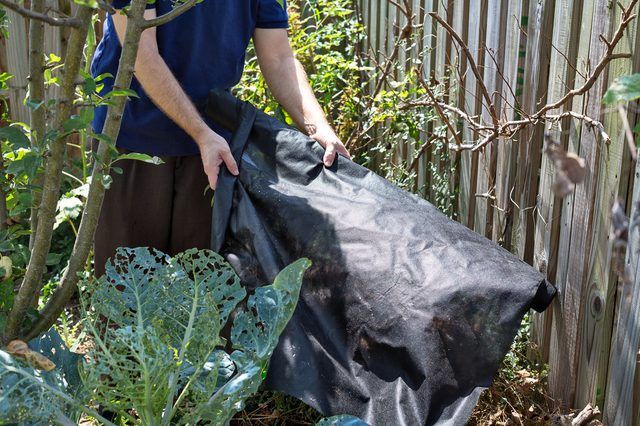
Step 6
Leave the sod until all the grass and roots have died, usually several months.
